There is a lot that can go wrong with a presentation. You may struggle to keep your audience engaged and focused, or you may give the presentation, but your audience does not understand anything. You might even find yourself running out of time or struggling to answer difficult questions from the audience or find yourself stuck in other issues.
But I bet you don’t want that to happen. All you want is to deliver a good presentation, get your point across and leave a good impression.
To make sure that happens, here are the tips you can use to create an impressive presentation and deliver it in the right way:
Tips On How To Create A Presentation
Your presentation is the key to your success. It should be properly designed and crafted with the correct content. Here are some tips you can use to create a good presentation:
Start With Understanding Your Audience
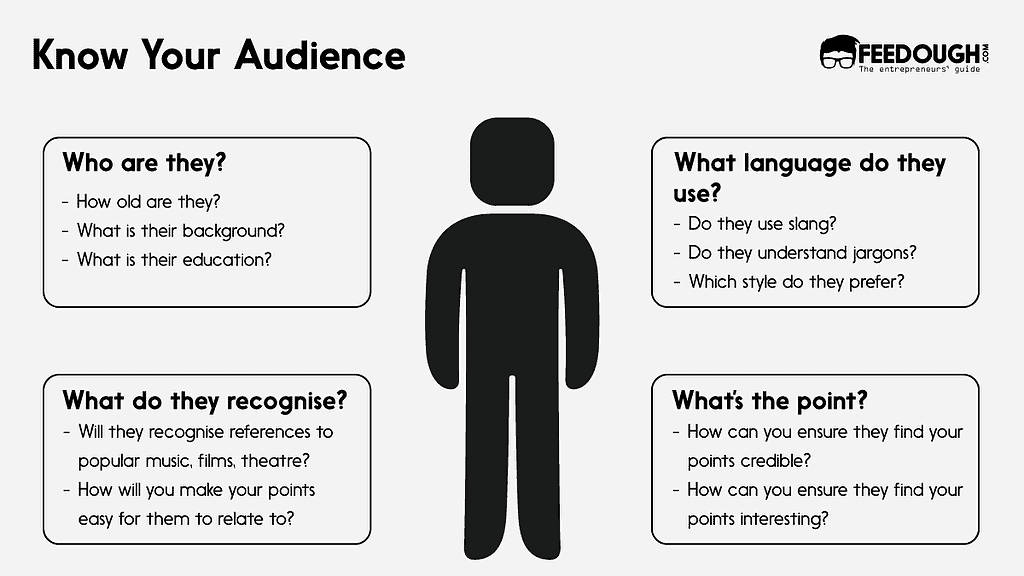
The target audience is the magic ingredient of your presentation. You need to understand the people you will be presenting to. It’s important to consider their knowledge level, interests, and objectives. To do that, develop an audience transformation roadmap. It starts with you asking four questions:
- What does my audience already know? (or don’t know)
- What do they believe, or think they know?
- What do they feel?
- What do they do?
For example, if you have to deliver a presentation on web 3.0 to IT professionals, they:
- Might already know about what blockchain and cryptocurrency is
- Believe in its future
- Are excited about the changes it can bring to their business
- May be researching how to apply blockchain technology.
Once you have the answers, you have point A. Now consider your presentation to be a bridge to point B, where you intend your audience to be.
Take Help Of Templates
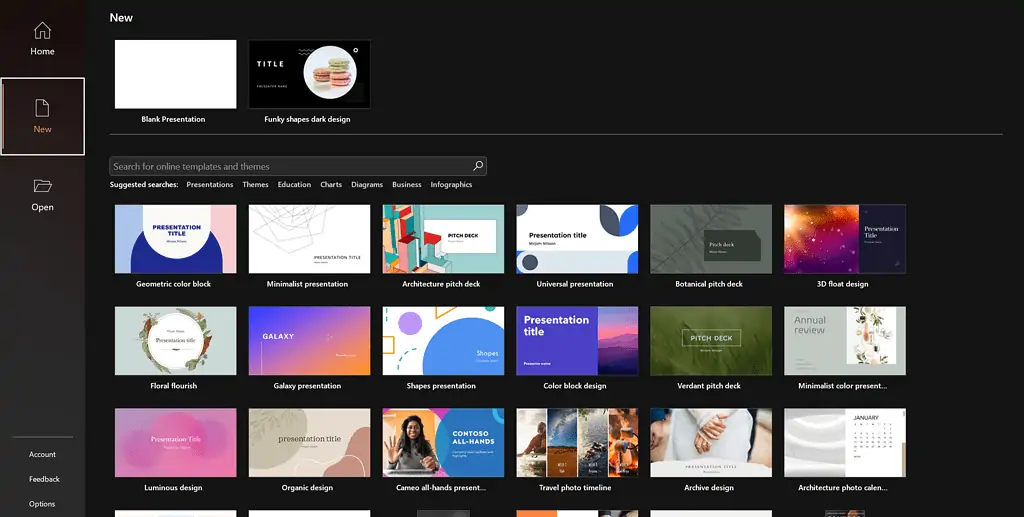
If you are not a good designer or someone who makes presentations often, you might get these roadblocks:
- Time constraints: Often you are given a deadline to complete the presentation, and it is difficult to design something attractive within that timeline.
- Lack of consistency: You (a non-designer) would not be able to create a presentation with a consistent look and feel as you may lack an eye for detail.
- Inconsistent branding: Your presentation might not have the same branding guidelines that your organisation follows.
- Lack of structure: Your presentation might look cluttered and lack structure due to an absence of a design sense.
- Poor design: You may end up with an unappealing presentation with poor visuals.
Fortunately, there are several templates for almost every platform that you can use. These templates are pre-built based on category or general requirements. For example, you can get hundreds of pre-built designer templates for pitch decks (use-case), eco-friendly-oriented presentations (industry), retail marketing decks (department), and even food recipes (personal).
For example,
- If you’re using Canva, you get thousands of presentation templates right in the Templates tab.
- For PowerPoint, you must go to the Design tab and select a template from the Themes list.
- For Google Slides, click on Template Gallery from the Home menu.
Ensure Your Aspect Ratios
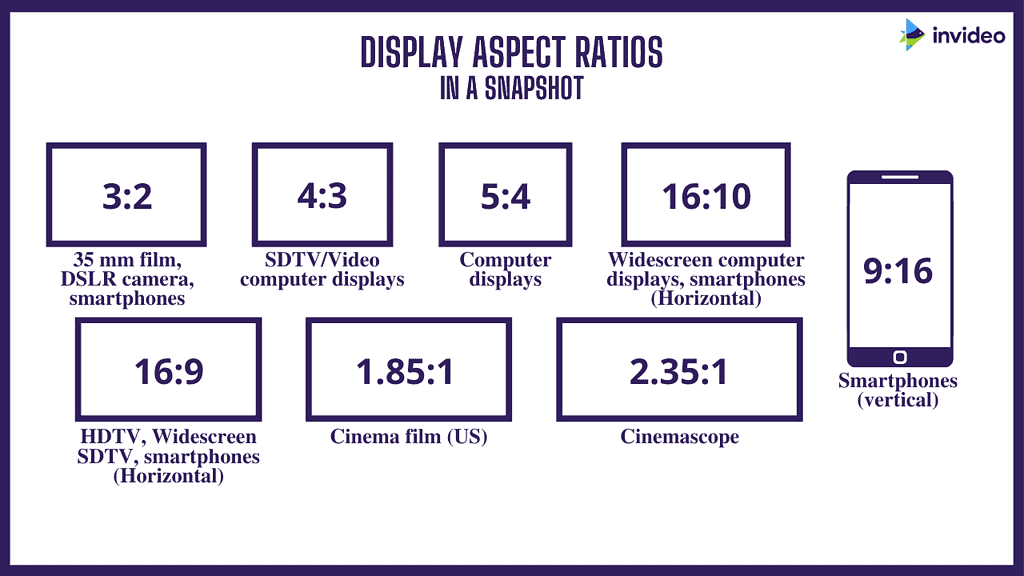
The first thing to consider while choosing a template is the aspect ratio according to the platform on which you will present your presentation.
If accessed on mobiles, a presentation made for TV screens and projectors will have too short icons, or vice-versa. Thus, to ensure that your presentation looks great on all platforms, you should choose an aspect ratio appropriate for your platform.
In general, there are three different types of resolutions and aspect ratios:
- 1920x 1080 and16 x 9 Full HD – for presentation on a flat-screen TV or modern projector
- 1024x 768 and 4×3 – for webinars, YouTube, or iPad presentations
- Mobile First Presentations (vertical oriented) if you want to share a presentation on mobile
Set Up A Brand Kit
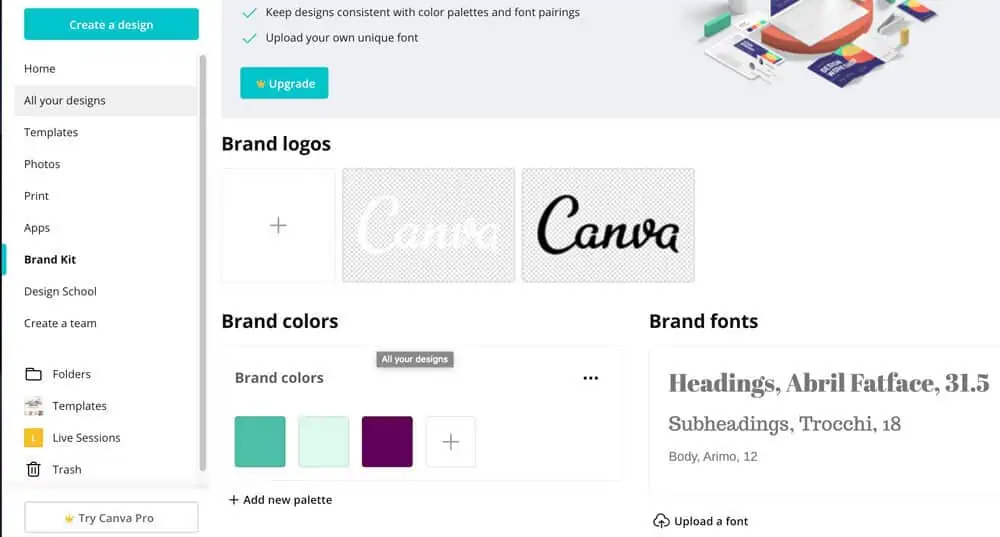
Your brand kit is the collection of specific colours, fonts, and logos associated with your brand.
Almost all the presentation tools have a feature to save your preferred brand kit and quickly apply it to every new presentation you create.
Once you’ve set up your brand kit, you don’t need to worry about:
- Making sure your presentation looks consistent
- Accidentally using a font that isn’t in the same style as your brand
- Remembering which colours you’ve used for backgrounds, shapes and text.
It not only makes your presentation look professional but also saves time.
Add Visual Effects
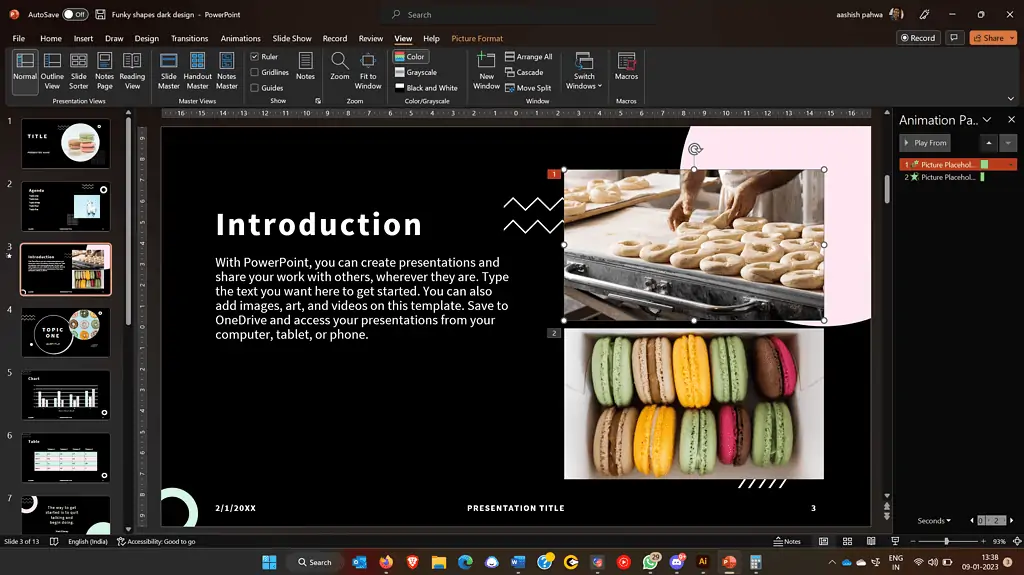
When a presentation outlines no visual aids or motions, is filled with big data sheets, and is content-heavy, it may be difficult for the audience to understand and retain the presented information.
The lack of visual aids can make the presentation monotonous and may lead to a loss of interest in the audience.
For instance, this graph showing sales comparison charts from different channels is way better than those long sheets that would have explained this data.
So, adding movements to your slides will make your presentation more visually attractive, help you in storytelling, and keep the audience engaged.
You can add interactive elements, including:
- Animations (stats)
- Gifs
- Small videos (available on Presentation software)
- Moving Stickers
- Embed Videos
- Moving
Use PowerPoint if you want to make animation-oriented presentations or when you get into the nitty gritty of your presentation.
Prezi is perfect for storytelling and when you want to make a bold statement. It is perfect if you need to present the big picture or if you’re a student.
Canva could be your one-stop-shop for all presentation design needs (It is for me) as it comes with thousands of effects, templates, designs and more. All you need to do is select a template, add your content, choose some effects, and have a brilliant presentation in minutes.
Tips To Deliver An Effective Presentation
After you have created a beautiful set of slides and made a good presentation – the first thing that comes to mind is – how to present a presentation in an enjoyable but effective and best way.
We all know we should add more visual aids, mind our body language, limit animation, add voice projections, be confident, keep the presentation simple, and be well-prepared. But there is much more on how you must present the presentation and here are some presentation tips that will guide you to deliver better –
Ensure You Use The Presenter’s Notes
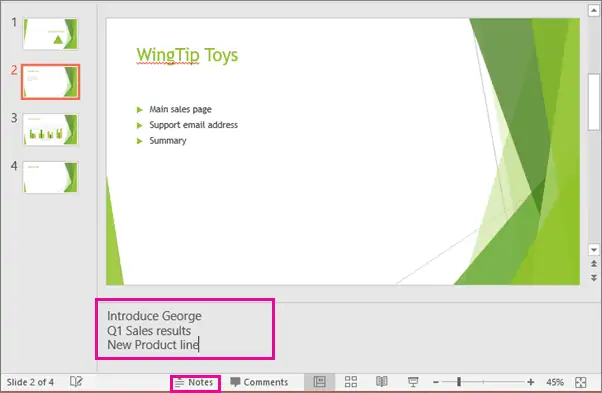
The presenter’s notes are the key points that the presenter can refer to during the presentation. You can include key points, examples, and any other information that you want to remember to include in the presentation.
Not using the presenter’s notes may cause potential issues like:
- Forgetting to mention important points
- Unclear information
- Unorganised presentation flow.
The presenter’s notes help you to avoid these issues.
Make Use Of The Presenter Window
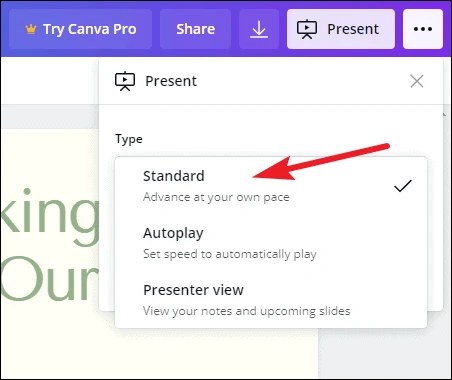
Tools like Canva, PowerPoint, and Prezi have a presenter window that allows you (the presenter) to see the current slide, speaker notes, and a timer. While the audience only sees the current or the shared slides.
Using the same helps you:
- Keep a track of the time and switch between slides accordingly
- See your notes in case you forget what to say
- Know what the next slide will be and thus prepare yourself and your audience accordingly
Add Interactive Elements
Another presentation tip to make a good presentation is – to engage the audience and make them participate. It can make your presentation more memorable and effective. Consider including interactive elements, such as:
- Polls
- Q&A sessions
- Add QRs of the presentation with a CTA (download something, give feedback, etc.)
This way, you can help keep the audience interested and make the presentation feel more interactive and dynamic.
Put Something Personal Into It
Add something personal to the presentation which only you can say. But that does not mean you tell them what you had for breakfast – But it means your touch!
It means that if someone in your place can give the same presentation, you did not put anything personal into it.
And believe me – that matters. Because when you share your touch – the audience care. To make it possible, show:
- Why you care
- Why it is essential for you
- Show examples and stories from your experience
- Add examples
That matters because when you share – the audience care. Add your personal touch and make it more personal and memorable.
Practice The Presentation Delivery
Practising the presentation before you deliver the presentation is another essential but quite underrated presentation tip.
People make the presentation well but do not practice. And, If you do not practice your presentation delivery, several things could go wrong:
- You may not be prepared and feel nervous or unsure of yourself during the actual presentation.
- You may struggle to deliver your message clearly and effectively, making it difficult for your audience to understand and retain the information you are presenting.
- You may not be confident, which can be noticeable to your audience and make them less likely to pay attention.
- You are more prone to make mistakes during your presentation, such as forgetting essential points or mispronouncing words.
- You may get stuck in time management and not deliver the entire presentation on time.
So, practice your presentation beforehand to ensure smooth delivery. Rehearse:
- Introducing yourself and the topic of your presentation
- Key points and review the points you want to make during your presentation and practice explaining them clearly and concisely.
- How will you move from one point to the next to maintain the flow
- The presentation and take notes of your timing and pacing
- Your closing remarks and practice summarising the main points of your presentation and driving home the key takeaways for your audience
- To present your body language, vocal delivery, voice projection, and pacing
Speak Audience-Centred Language & Interact With Them
If you don’t speak audience-centred language in a presentation, you risk alienating your audience and not effectively communicating your message. It can lead to misunderstandings, confusion, and a lack of engagement from your audience.
Thus, use a language that resonates with them, makes them comfortable, and makes your presentation appealing. You can use the following:
- Inclusive language – It is a language that is respectful and considerate of all members of your audience, regardless of their background, identity, or culture.
- Positive language – Use positive and constructive rather than negative or critical vocabulary.
- Persuasive language – It is an influential and convincing language used to persuade your audience to adopt your perspective or take a specific action.
- Emotional appeals – Use language that evokes emotions in order to connect with your audience on a deeper level and persuade them more effectively.
- Rhetorical devices – Use rhetorical devices, such as small rhetorical questions and answer sessions, repetition, and rhetorical triangles, to add emphasis and impact to your message.
- Storytelling techniques – Use storytelling techniques, such as anecdotes, examples, and narratives, to engage your audience and make your message more memorable.
- Audience participation and interaction – It refers to involving the audience in the presentation. You can do it through conducting quick polls or surveys, asking questions, encouraging discussion or debate, or using interactive tools like hand-raising.
- Create Interactions & Not A Monologue – Do not make the mistake of reading from slides for your audience. Instead, explain points, use relevant examples, use appropriate humour, and make it a two-way interaction, not a monologue.
Bottom-line?
In conclusion, a good presentation requires careful planning and execution. Understanding your audience and tailoring your content to their needs and interests is crucial.
Using templates and maintaining a consistent brand identity can also help to create a visually appealing and professional presentation.
When delivering the presentation, engaging your audience through interactive elements, personal anecdotes, and audience-centred language is crucial.
Practising your delivery beforehand can also help to ensure that you are confident and prepared.
A well-prepared and organised presentation helps engage and retain your audience’s attention, making it more likely that they will understand and remember the information you are presenting. On the other hand, a poorly executed presentation can be confusing, boring, or frustrating for the audience, which can make it difficult for them to absorb and retain the information presented.
Following these presentation tips shared above, you can create and deliver a compelling and effective presentation that keeps your audience engaged and focused.
Go On, Tell Us What You Think!
Did we miss something? Come on! Tell us what you think about our article on Tips To Make And Give An Effective Presentation in the comments section.
Ravpreet is an avid writer, prone to penning compelling content that hits the right chord. A startup enthusiast, Ravpreet has written content about startups for over three years and helped them succeed. You can also find her cooking, making singing videos, or walking on quiet streets in her free time.
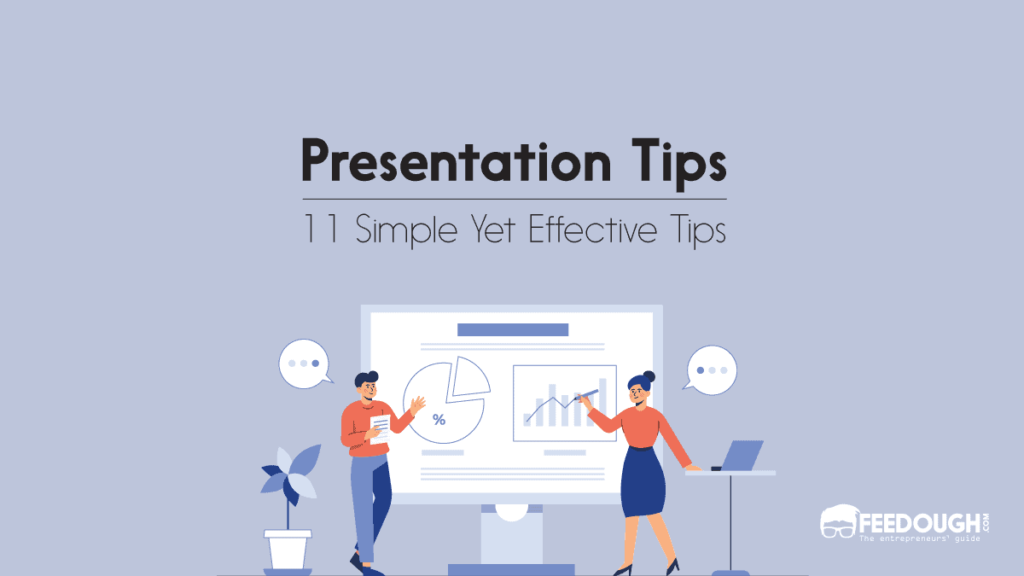
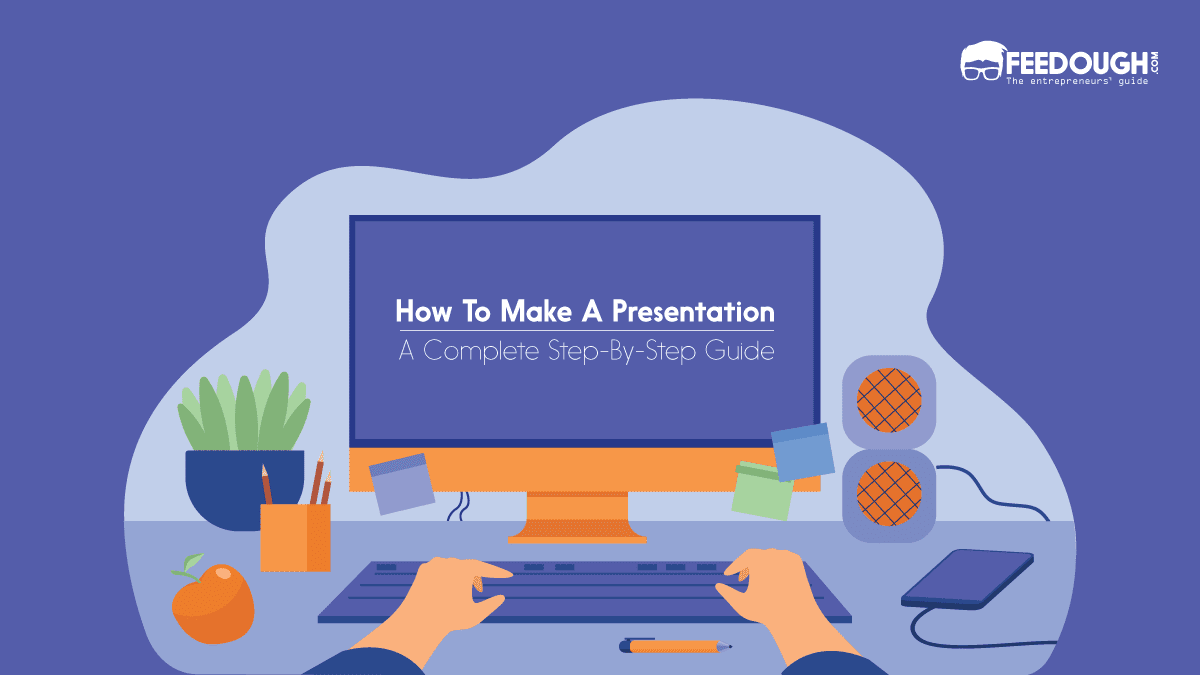

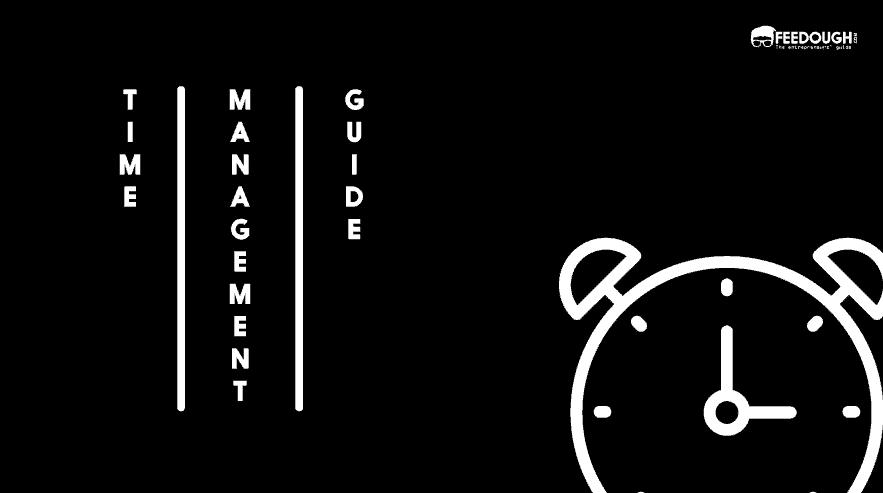
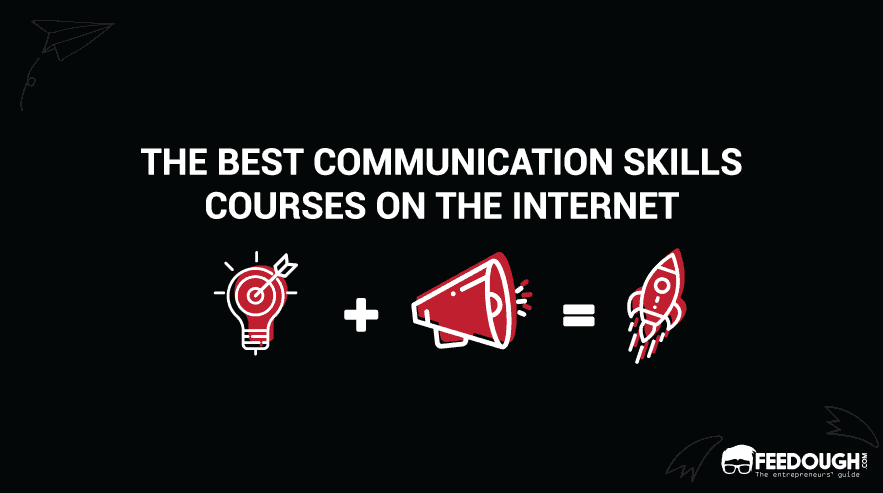


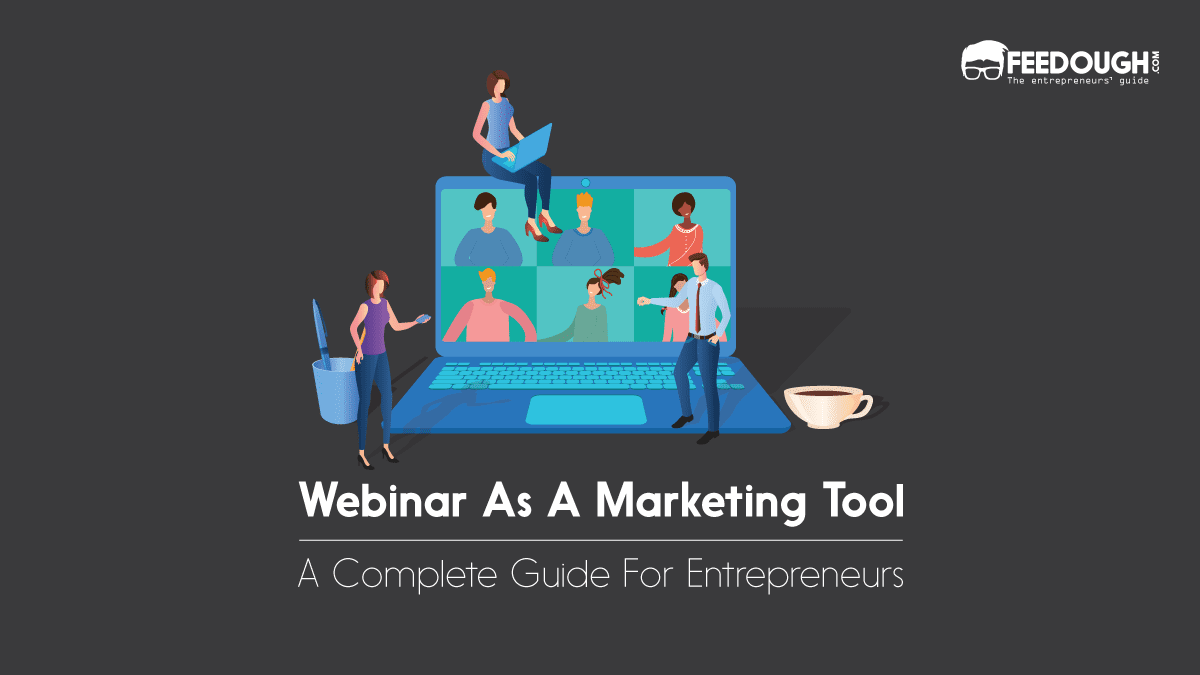
![What Is Pitch Deck? [ A Complete Guide] what is pitch deck](https://www.feedough.com/wp-content/uploads/2020/09/what-is-pitch-deck.webp)
